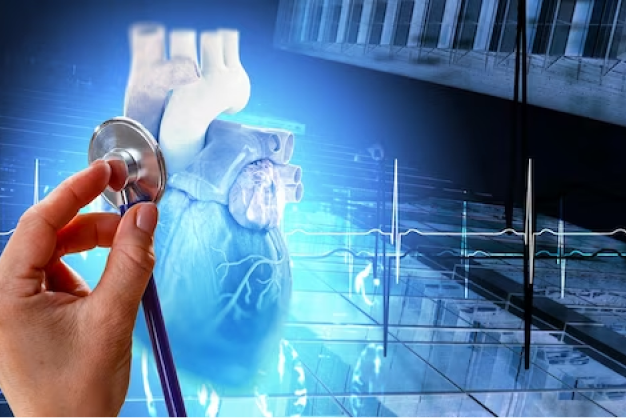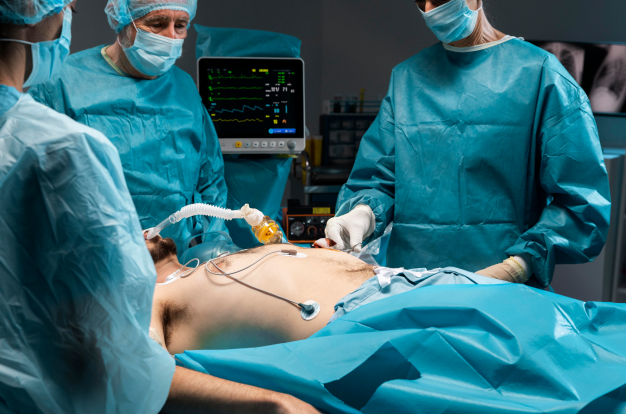
Caritas Heart Institute
Cardiovascular Exercise: A Key to a Healthy Heart
December 2023

Cardiovascular diseases continue to be a leading cause of morbidity and mortality worldwide, spurring medical researchers and professionals to continuously seek innovative and less invasive approaches to diagnosis and treatment. In this article, we will explore the exciting developments in minimally invasive cardiac procedures, which are changing the landscape of heart disease management and improving patient outcomes.
The Rise of Minimally Invasive Cardiac Procedures
Traditional open-heart surgery, while effective, often involves large incisions, significant recovery times, and increased risks for patients. Minimally invasive cardiac procedures aim to reduce these drawbacks by utilizing small incisions and advanced technologies, which have made heart disease treatment more patient-friendly.
TAVR is a groundbreaking procedure that has transformed the treatment of aortic stenosis, a condition where the aortic valve narrows, reducing blood flow from the heart. Instead of a chest incision, TAVR involves a small incision in the groin or a small puncture in the chest, through which a replacement valve is guided up to the heart using a catheter. This innovative approach has provided a lifeline for high-risk patients who may not be suitable candidates for traditional surgery.
Traditional CABG is a major surgery requiring a large chest incision and the use of a heart-lung machine. However, minimally invasive CABG involves smaller incisions, which may be on the side of the chest or between the ribs. Surgeons perform the procedure with the assistance of robotic or endoscopic techniques, reducing pain, blood loss, and recovery times.
The mitral valve is a critical component of the heart's pumping mechanism, and issues with it can be life-threatening. Innovative techniques, such as robotic-assisted and percutaneous mitral valve repair or replacement, offer less invasive options for patients. These procedures involve smaller incisions, potentially reducing the risk of infection and improving recovery.
Traditional pacemakers require the implantation of wires (leads) into the heart, which can pose infection and malfunction risks. Leadless pacemakers, on the other hand, are miniature devices that are placed directly in the heart, eliminating the need for leads. This minimally invasive approach is associated with fewer complications.
Ventricular Assist Devices are used to support the heart's pumping function, often in cases of severe heart failure. Recent developments have led to the creation of percutaneous VADs that can be inserted through small incisions. These devices are easier to implant and can be removed more easily when no longer needed.
Benefits of Minimally Invasive Procedures
Innovations in minimally invasive cardiac procedures have ushered in a new era in the field of cardiology. These procedures not only make treatment more accessible to a broader range of patients but also lead to better outcomes, reduced discomfort, and faster recoveries. As technology continues to advance, we can expect even more groundbreaking developments, further enhancing our ability to combat cardiovascular diseases and improve the lives of countless individuals. If you or a loved one are facing heart-related issues, consider discussing the possibility of minimally invasive procedures with your healthcare provider to explore the best treatment options available.

Caritas Heart Institute
December 2023